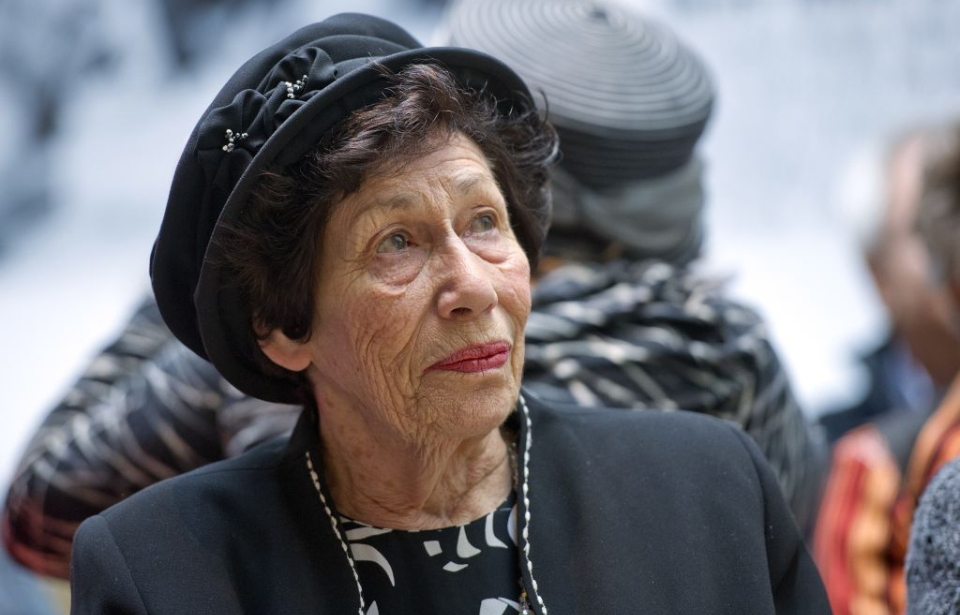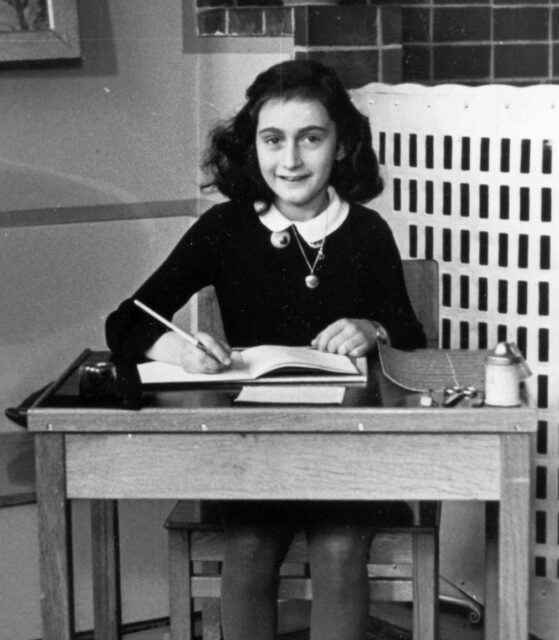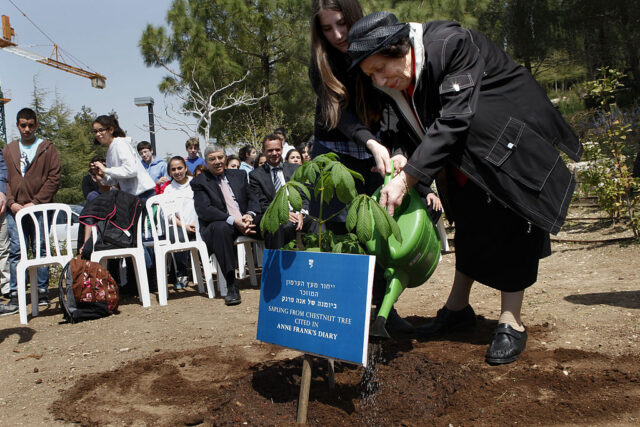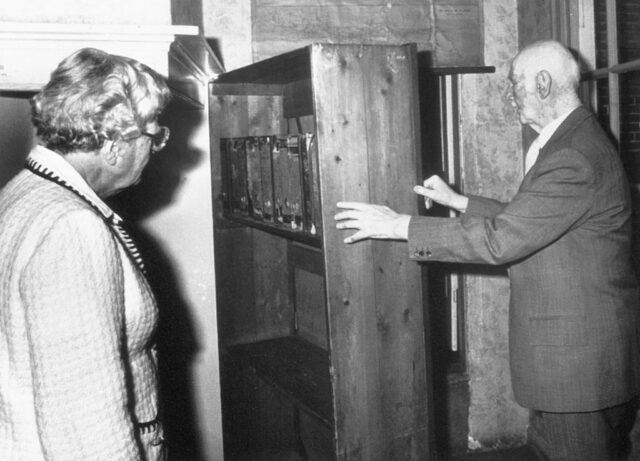In the annals of history, few stories resonate as deeply as that of Anne Frank, the young Jewish girl who documented her life in hiding during the Second World War. Yet behind the pages of Anne’s diary lies another poignant tale, intertwined with friendship and shared struggles. This is the story of Hannah Pick-Goslar, a childhood friend and confidante of Anne. Later in life, Hannah recalled her memories of this childhood friend, showing what their lives were like before they were both arrested.
Hannah Pick-Goslar
Hannah Pick-Goslar lived in the same part of Amsterdam as Anne. They met for the first time in 1934, but their friendship was solidified when they attended the 6th Montessori School together. They also attended the Amsterdam Jewish Lyceum together before the Franks moved into the Secret Annex, where they would stay in hiding for over two years.
Hannah was arrested in June 1943 and taken to Westerbork transit camp with her father, grandparents, and younger sister.
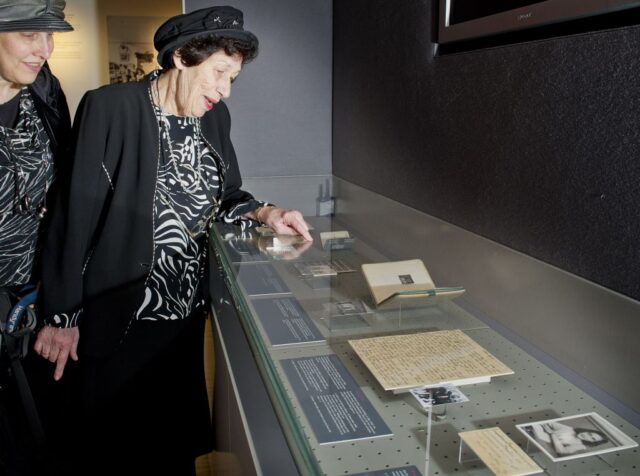
Anne wrote about her friend in her diary during this period, saying, “Dear God, watch over her and bring her back to us. Hanneli, you’re a reminder of what my fate might have been. I keep seeing myself in your place.” Hannah and her family stayed in Westerbork until February 1944, when they were moved to Bergen-Belsen camp located in northern Germany. There, Hannah would see her childhood friend for the last time.
Bergen-Belsen camp
Initially, she didn’t know that Anne was in Bergen-Belsen until she spotted Auguste Van Pels, one of the other occupants of the Secret Annex, through a fence in the camp. Hannah discovered that Anne was with her. Auguste arranged for the two to talk through the fence, with Hannah throwing a small package of food over to her friend. Sadly, another prisoner caught it instead and refused to give it to the rightful owner.
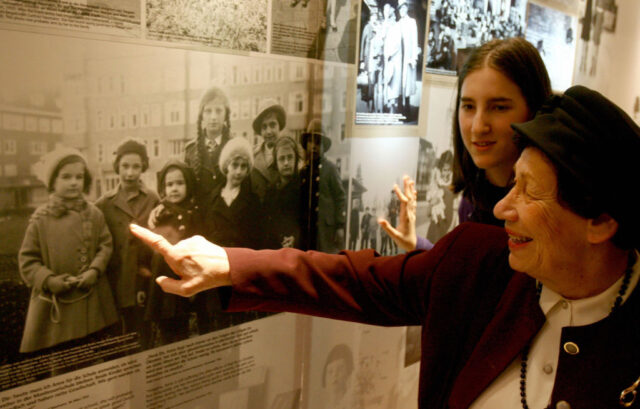
Hannah, who was put in a better section of the camp, came back on two other occasions hoping to get a package across to her friend. Finally, on their last meeting, she was able to. This was the last time she would see Anne. Hannah survived the 14 months in the camp and would see the end of the war. She physically recovered before finishing school, and moved to Israel where she became a nurse. She lived the rest of her life there, dying at the age of 93 in October 2022.
